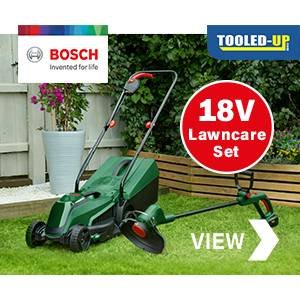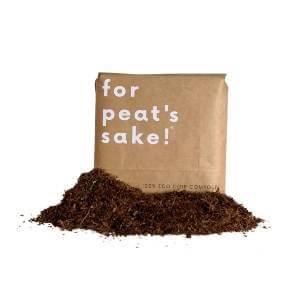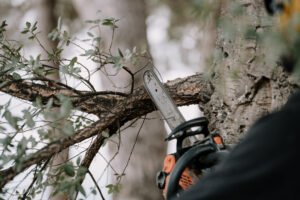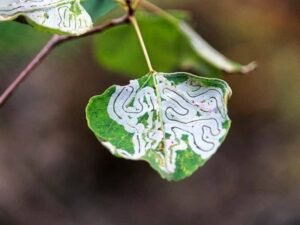The three main hideaway pests – tortrix moth, leaf-rolling sawfly and the lackey moth are typically all pests that you will notice the damage before seeing the adults fly around in your garden.
Their larvae are the most likely cause of damage, so be sure to be on the lookout for the common symptoms highlighted in this article.
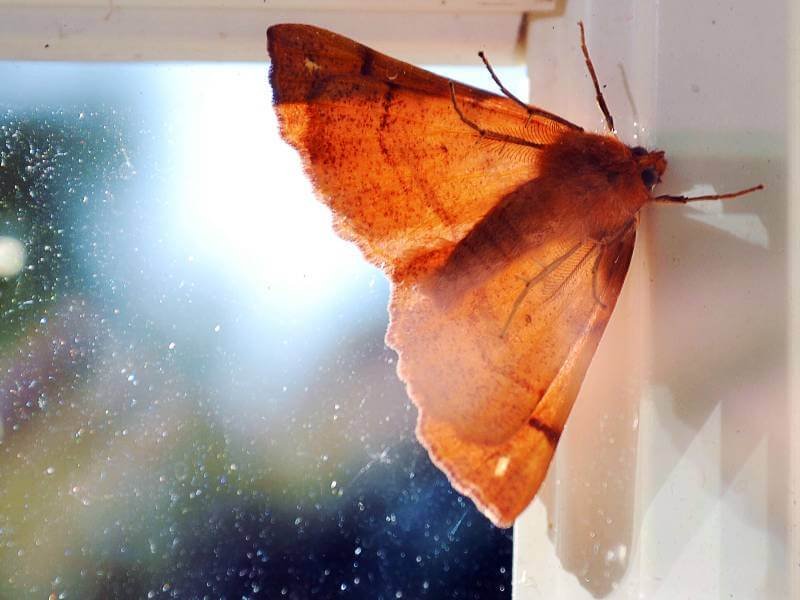
Tortrix Moth (Cacoecimorpha pronubana and Epiphyas postvittana) (also a flower pest)
How to spot if you have Tortrix moth?
There are almost 400 different species of tortrix moth in the UK. In the late summer and early autumn, the caterpillars, which pupate into cocoons inside the rolled leaf, will emerge. The young caterpillar feeds on the upper surface and as the moth.
- Some leafs may be spun/bound together by fin silken threads almost like a spiders web; this is where the caterpillars will live overtime they will pupate to moth form. This will most likely be the first thing you notice.
- The moths’ larvae are small narrow and green caterpillars that roll themselves up in the plant leaves. Interestingly they will wriggle backwards when touched.
- You may notice irregularly shaped holes brown or dry areas on the leaves resulting from the caterpillars feeding inside.
- You will most likely find an attack during April-September but greenhouses can be present all year round.
- Tortrix moths are a brown/ dark colour with a 10mm wingspan.
How to get rid of the Tortrix moth?
Unfortunately, in terms of prevention, there is not a huge amount that can be done to prevent the Tortrix moth from laying its eggs in your roses. However, the more regularly you check your roses and the earlier that you notice symptoms – the better!
Some damage can be tolerated as part of the natural ecosystem, so it’s always best to try biological methods before moving on to chemical control.
Use Your Hands
You can try to squeeze the bound leaves together; this will crush any caterpillars and pupae inside.
Natural Predators
Birds, wasps and ground beetles are all-natural predators, so try to encourage them into your garden.
Use of traps
Pheromone traps are an excellent way to monitor the moths themselves and stop the males and females from breeding. If more than 30 moths are caught a week, we would suggest spraying 10-14 days later.
Pesticides – last resort
Bug clear Ulta and Westland Resolva Bug Killer are good options if the above methods do not work.
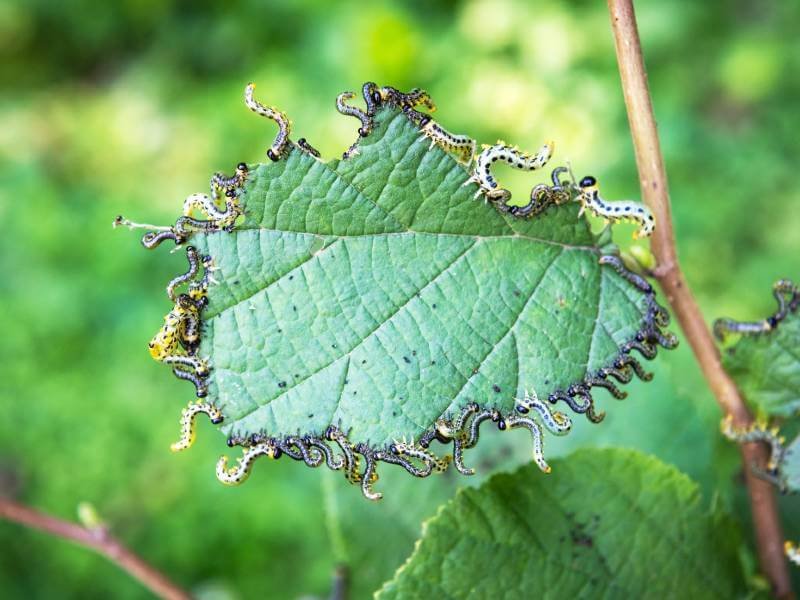
Leaf-rolling Sawfly (Blennocampa phyllocolpa)
How to spot if you have a leaf-rolling sawfly?
These caterpillar type larvae feed on plants, whilst the adult’s appearance is that of a fly. The life cycle of the leaf-rolling sawfly is pretty interesting. So be sure to check out this article! The problems they cause are similar to the damage of weed killer, so be mindful to check your roses thoroughly.
- The adults will insert their eggs into the leaf base which cause the leaflets/leaf margins to tightly roll up. The curl will be downwards and inwards along their length and will take place within 24 hours of an egg being inserted into the leaf base. Sometimes this can happen even without an egg being inserted. The curled leaf is one of the main indications to look out for.
- Affected leaves may wither and die.
- They are most active from late April-July.
- The adult sawfly is black with transparent wings and roughly around 3-4mm long. It is unlikely you will notice these.
- Once the eggs have hatched into pale green caterpillar-like larvae they are roughly around 10mm in length as they fed inside of leaves.
How to get rid of leaf-rolling saw-fly?
Despite a light infestation being tolerable, however, as the population starts to increase, there may be a loss of vigour, but typically, your plant will come back from this.
The leaf-rolling sawfly can be severe if the roses are grown near trees, so it’s always good to be mindful when planting.
And, unfortunately, there are currently no chemical products to control this pest at a late stage. However, below are some ideas to help.
Use your hands
Squeeze the rolled leaflets tightly between your thumb and finger. Pick these off and burn; this can be done before the larvae start feeding. If there are too many affected leaves, removing them all will cause more harm than the sawfly.
Fork over the soil
In the winter months, it’s best to fork over the soil at the base to expose the larvae to natural predators such as birds, but be mindful of the roots when doing this.
Attract natural predators
Attracting natural predators are a great way into your garden is an excellent way, mainly if the infestation is bad – this can be done by adding a bird table or pond.
Provado Bug killer
If applied early enough, Provado Ultimate Bug Killer can be effective.
Lackey Moth (Malacosoma neustria)
How to spot if you have a leaf-rolling lackey moth?
The lackey moth is most active between April and July
- Despite being invisible the damage the lackey moth leaves behind is easily recognisable due to the ‘tent’ of fine white threads that they spin.
- The orange white and blue striped brown caterpillars are up to 50mm in length; they will be found under the webbing.
- You may notice defoliation as the caterpillars feed under the webbing and it’s not uncommon to see over a hundred caterpillars in a single web!
- The lackey moth itself is a mid-brown colour with a wingspan of approx 30mm and is harmless.
How to get rid of Lackey Moth?
Compared to older larger trees, your smaller and younger trees are more likely to be affected by the lackey moth.
Although there may be slight defoliation, this will not affect a large tree long term health; therefore, it’s essential to tolerate these as part of the wildlife in your garden.
However, if these are spotted early on small trees, it is possible to remove the eggs or caterpillars carefully. A great option is to move these onto the same species of tree but a larger deciduous tree.
Last case scenario – Use pesticides
If the above methods do not work on heavy infestations, you can move on to pesticides, Resolva Bug Killer and Bug Clear Ultra. Please be mindful that plants in flowers should not be sprayed to harm pollinating insects such as bees.
Let's go Shopping...
Products Coming Soon!










